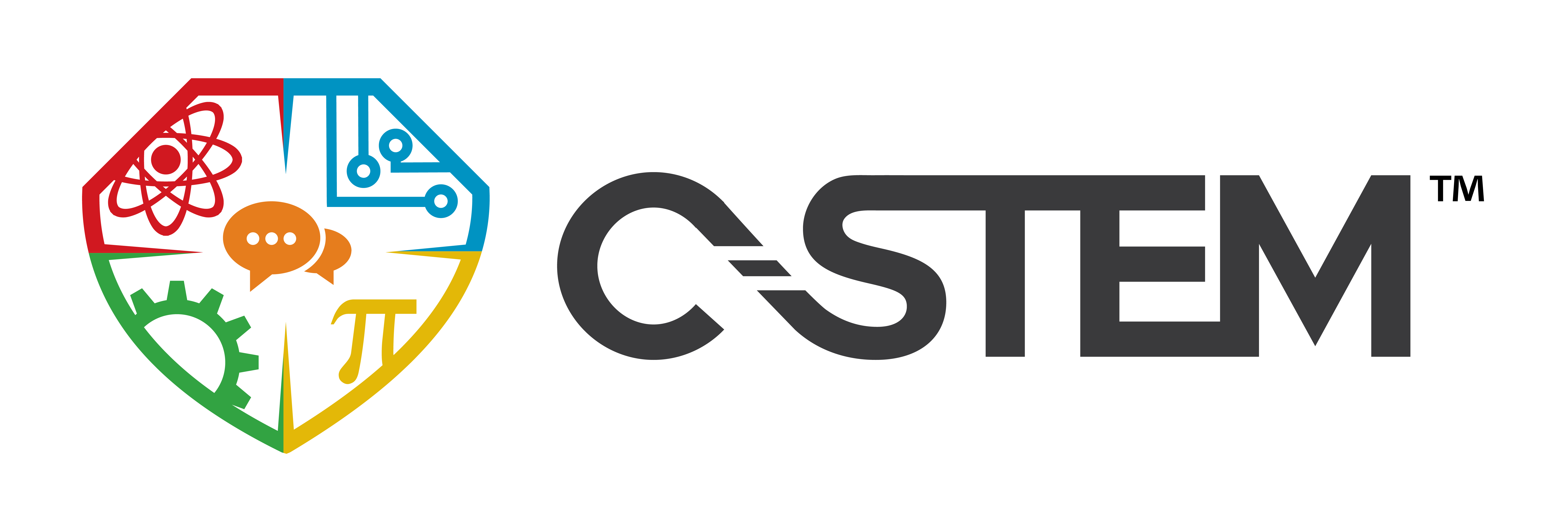As a community, we often ask: Why does progress toward inclusivity in STEM feel so slow? New research from Eastern Michigan University suggests that one piece of the puzzle lies in how educators see themselves. By encouraging faculty to raise awareness of their own identities—and how those identities shape their teaching—we open doors to more inclusive classrooms, labs, and professional environments.
Exploring the Impact of Power, Privilege, and Identity
The mixed-methods study involving 21 participants engaged in interviews about personal meaning-making based on their week-long experiences at the Aspire Summer Institute (ASI), which involved practicing deep reflection. Of which 12 were STEM faculty participants, one identified as Black, two as Asian, and nine as White—a reminder of the very representation gaps we are working to close.
The participants examined various aspects of identity, including caregiving, culture, education, career, gender, sexuality, race, health, and childhood development. They also reflected on which parts of themselves they would feel comfortable sharing with students to foster authentic connection.
Through interviews, faculty described how identity awareness reshaped their teaching practices and relationships. Those who already carried strong awareness—often because of lived experiences with underrepresentation—deepened their inclusive practices. Those with less direct experience of marginalization gained new perspectives by recognizing their privilege and its influence on classroom dynamics.
This process demonstrates that self-reflection can be a powerful lever for creating inclusive learning environments, regardless of one’s own background. At the same time, the demographic makeup of the study underscores why diversifying the STEM faculty itself is an essential parallel effort.
Why this Matters for the STEM Workforce
We know that diversifying the STEM workforce is essential for global competitiveness, innovation, and equity. Yet traditional STEM faculty development often focuses only on evidence-based teaching strategies, active learning, or curriculum design. While these tools are valuable—and we at C-STEM champion hands-on learning in all we do—they are not enough.
When faculty intentionally reflect on their identities and social positions, they not only create more positive classroom climates but also model inclusivity for students. These environments can help underrepresented students persist in STEM, increasing both retention and engagement.
What These Results Mean Going Forward
The study found that some faculty used this process to redesign their courses, change how they introduced themselves, or rethink their relationships with students and colleagues. Faculty from underrepresented backgrounds reported that revisiting their identities affirmed the complexity of their lived experiences and kept them engaged in DEI work.
This points to an important truth: while identity reflection can foster inclusivity among all faculty, representation still matters. A faculty body that reflects the diversity of its students not only builds trust but also creates a richer learning environment for everyone.
The Shared Opportunity
For all of us in the C-STEM family, this is a call to action. Whether we teach, mentor, design curriculum, or lead professional development, self-reflection on identity can help us better support the students and communities we serve. At the same time, we must work collectively to diversify who is at the front of the classroom.
By doing both—building identity awareness among educators and increasing representation—we can create more inclusive learning conditions today and build a more diverse, innovative STEM workforce for tomorrow.
Written by Reagan Flowers, Ph.D.






